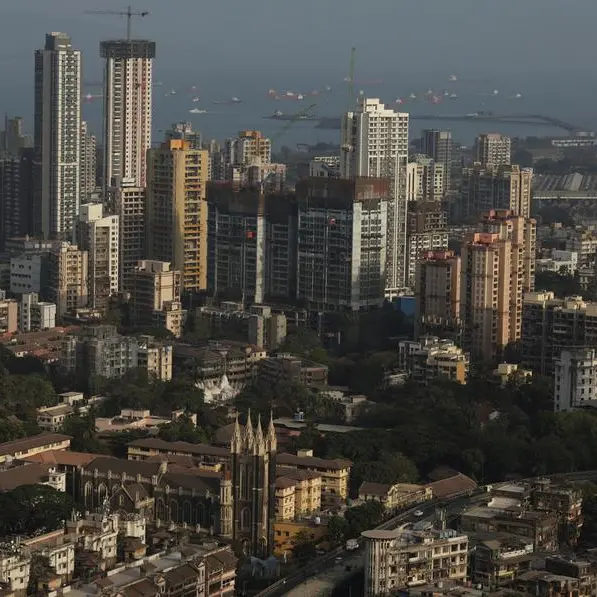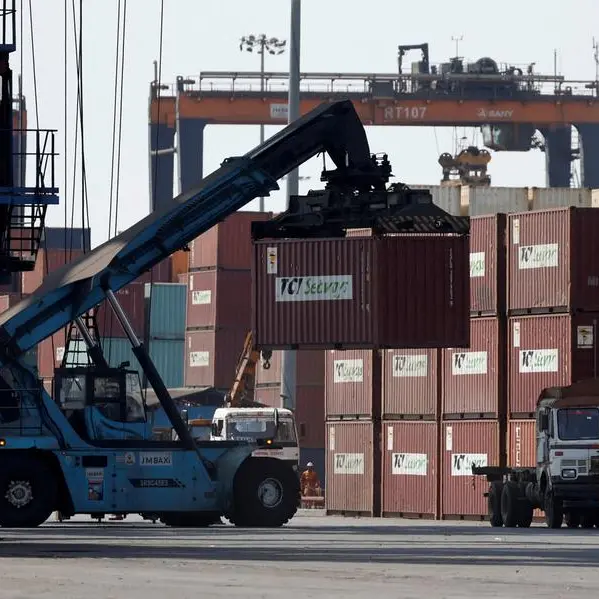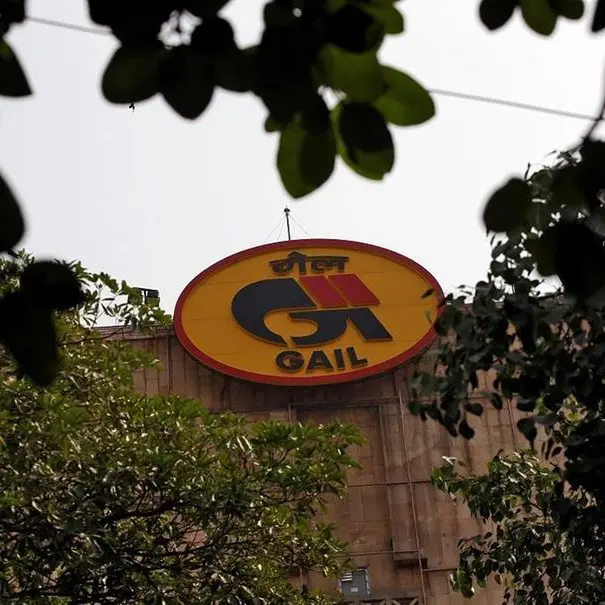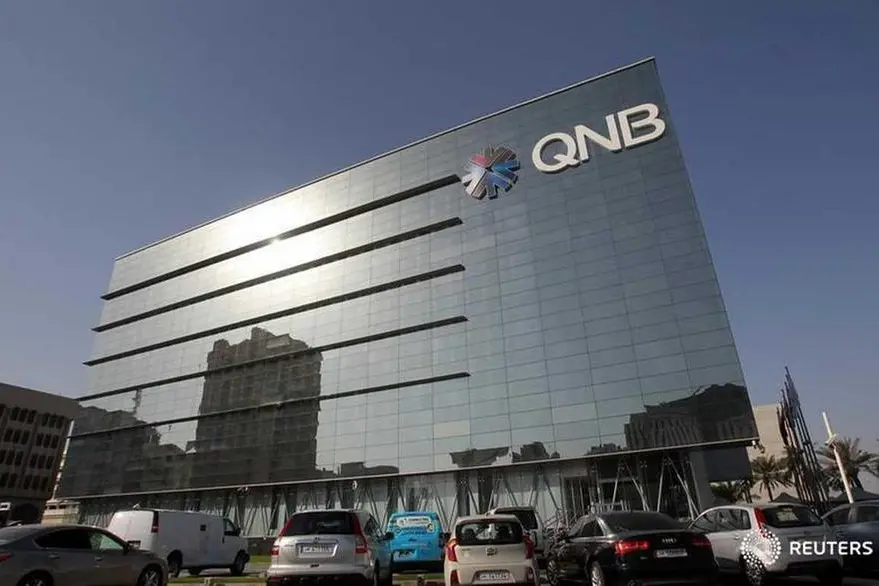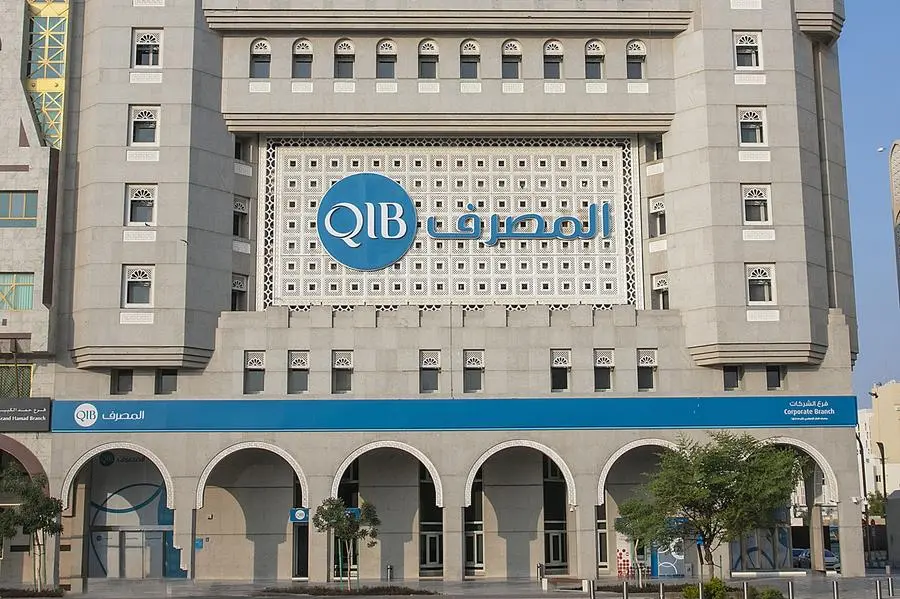PHOTO
An India Rupee note is seen in this illustration photo June 1, 2017. Thomas White/Illustration, Reuters Image for illustrative purpose.
The narrowing difference between the USD/INR onshore and the non-deliverable forward rates is prompting market participants to reverse arbitrage positions, leading to a drop in forward premiums, bankers said.
The shrinking difference, thanks to the rupee's recovery, means it makes sense for traders to close out arbitrage positions, two bankers told Reutersers. The arbitrage positions were being built until October, when the gap between onshore and offshore rates was widening, largely due to the rupee's plunge.
Since then rates have converged and the non-deliverable forward rate is about 2 paisa higher than the 1-month onshore, while the 3-month difference is at 16 paisa. As part of the arbitrage trade, market participants would buy dollars onshore and sell in the non-deliverable forward (NDF) market.
In the onshore market, that would involve buying spot dollars and doing sell/buys swaps for the relevant period, which could be 1-month or longer.
Traders are now unwinding these arbitrage trades.
The reversal of arbitrage trades is one of the factors leading to the downward drift in near-term USD/INR forward premiums, a spot and swap trader at a private bank said.
The 1-month USD/INR forward premium has dropped to 14.5 paisa or 2.20%, the lowest level since 2016. At the beginning of this month, it was at 20.75 paisa or 3.06%.
Another banker said that it made sense to close out the arbitrage positions rather than run "a fixing risk" at maturity. He was referring to the likelihood of slippage in unwinding the arbitrage positions at maturity.
The NDF contracts expire at the daily Reserve Bank of India-fixing rate. The onshore leg will need to be reversed at the same rate to lock in the full arbitrage.
The onshore-offshore spreads are a reflection of the outlook on rupee, Anindya Banerjee, head research - forex and interest rate, said.
The onshore-offshore spreads tend to widen when rupee is facing depreciation pressure. (Reporting by Nimesh Vora; Editing by Dhanya Ann Thoppil)


